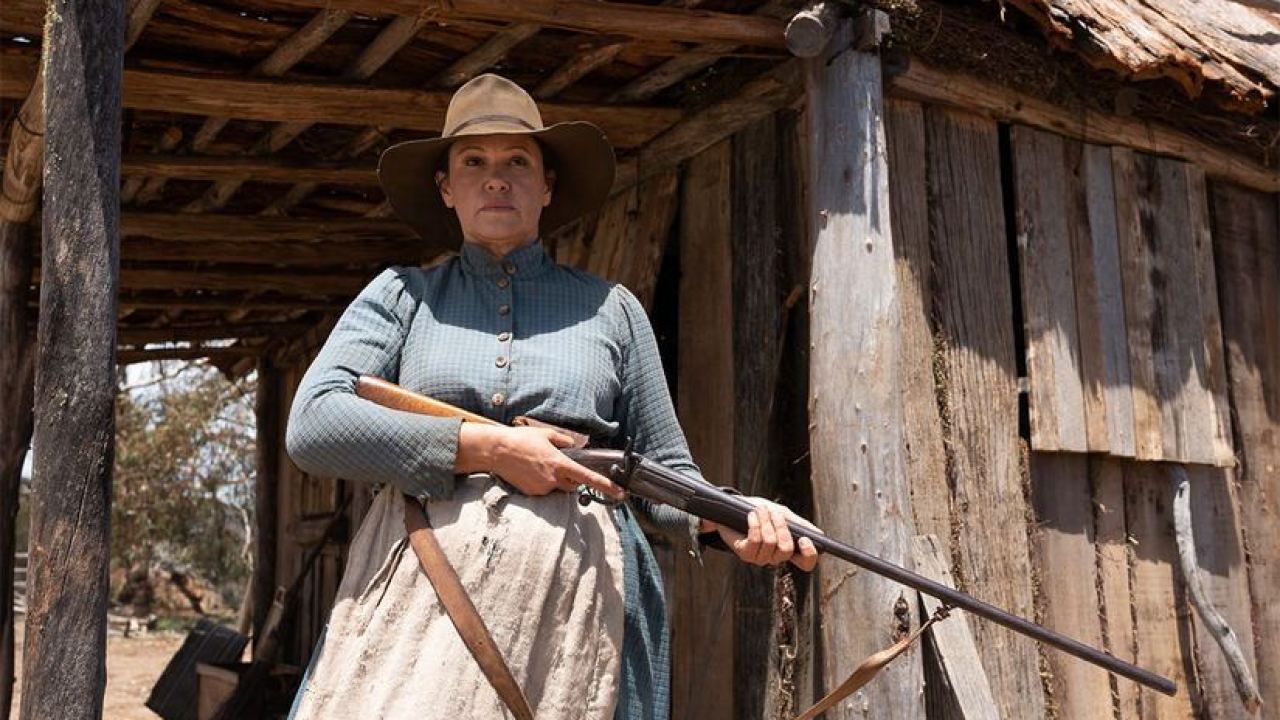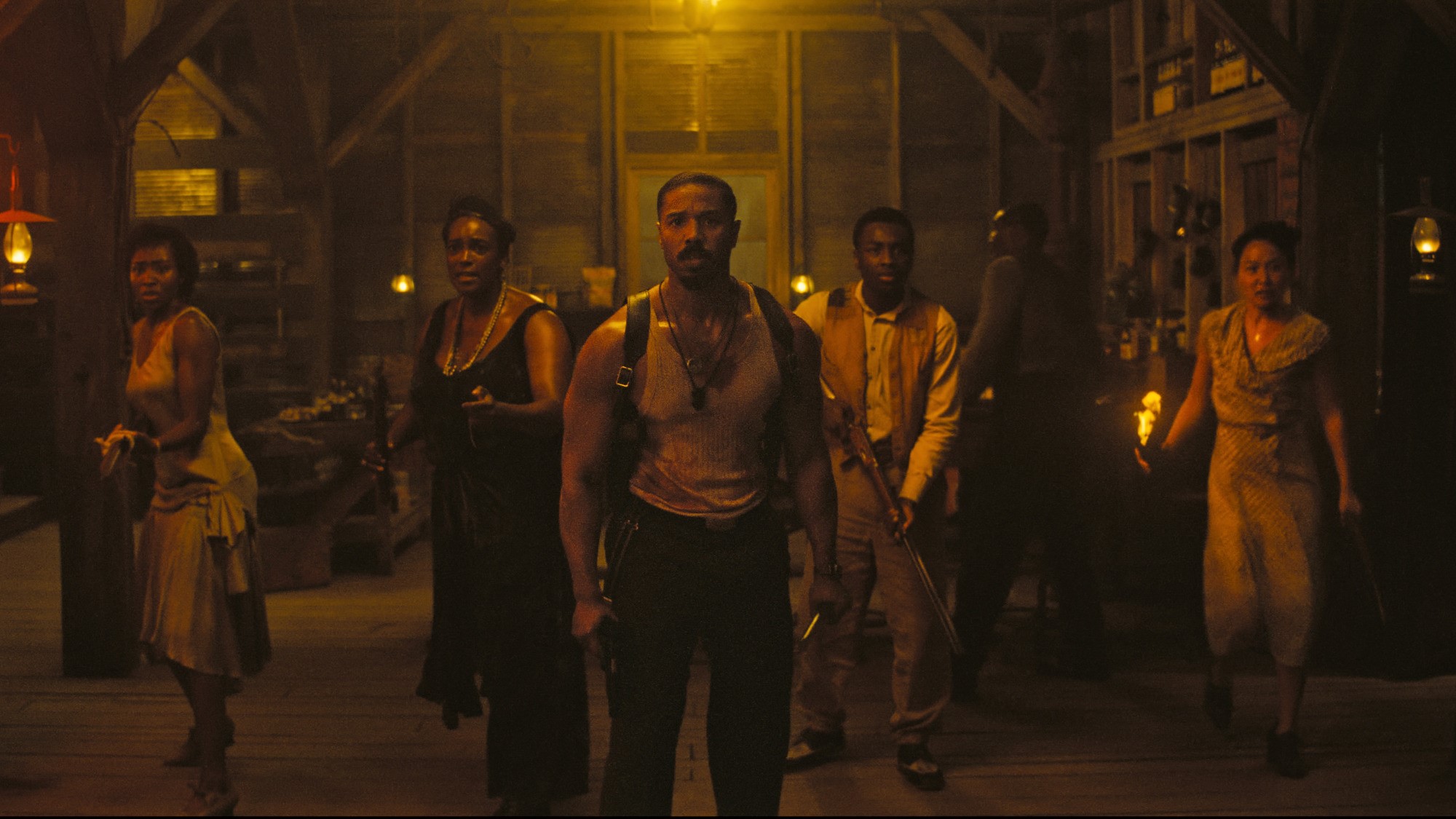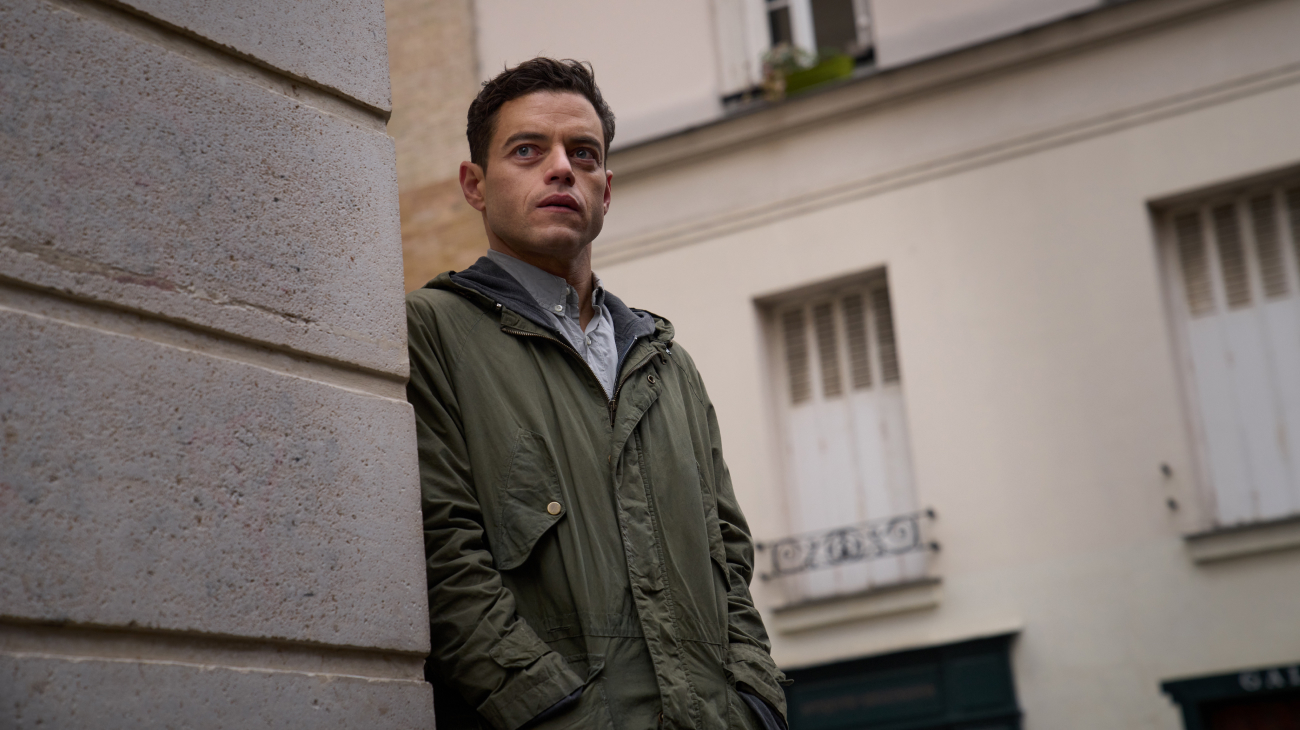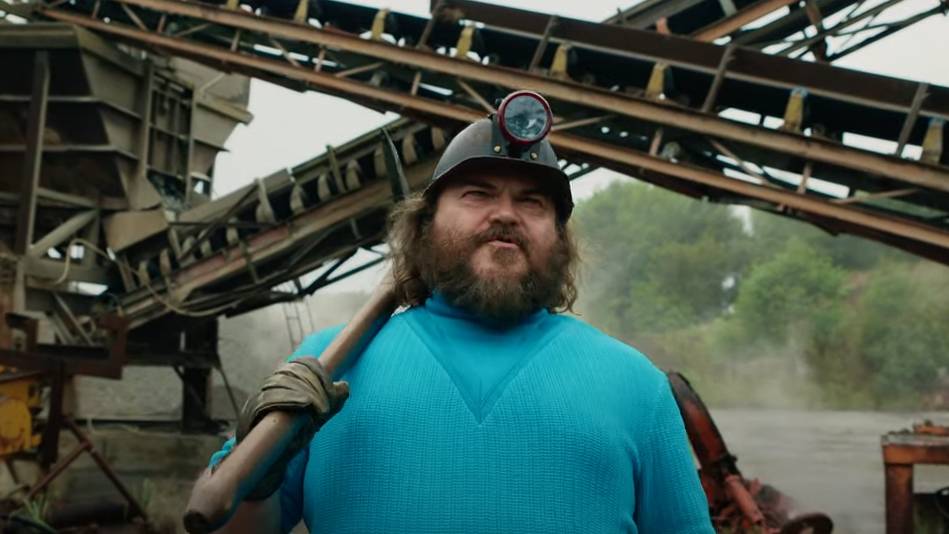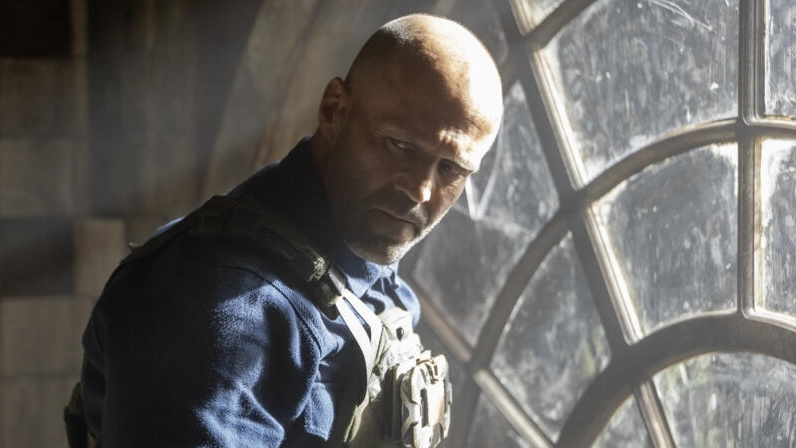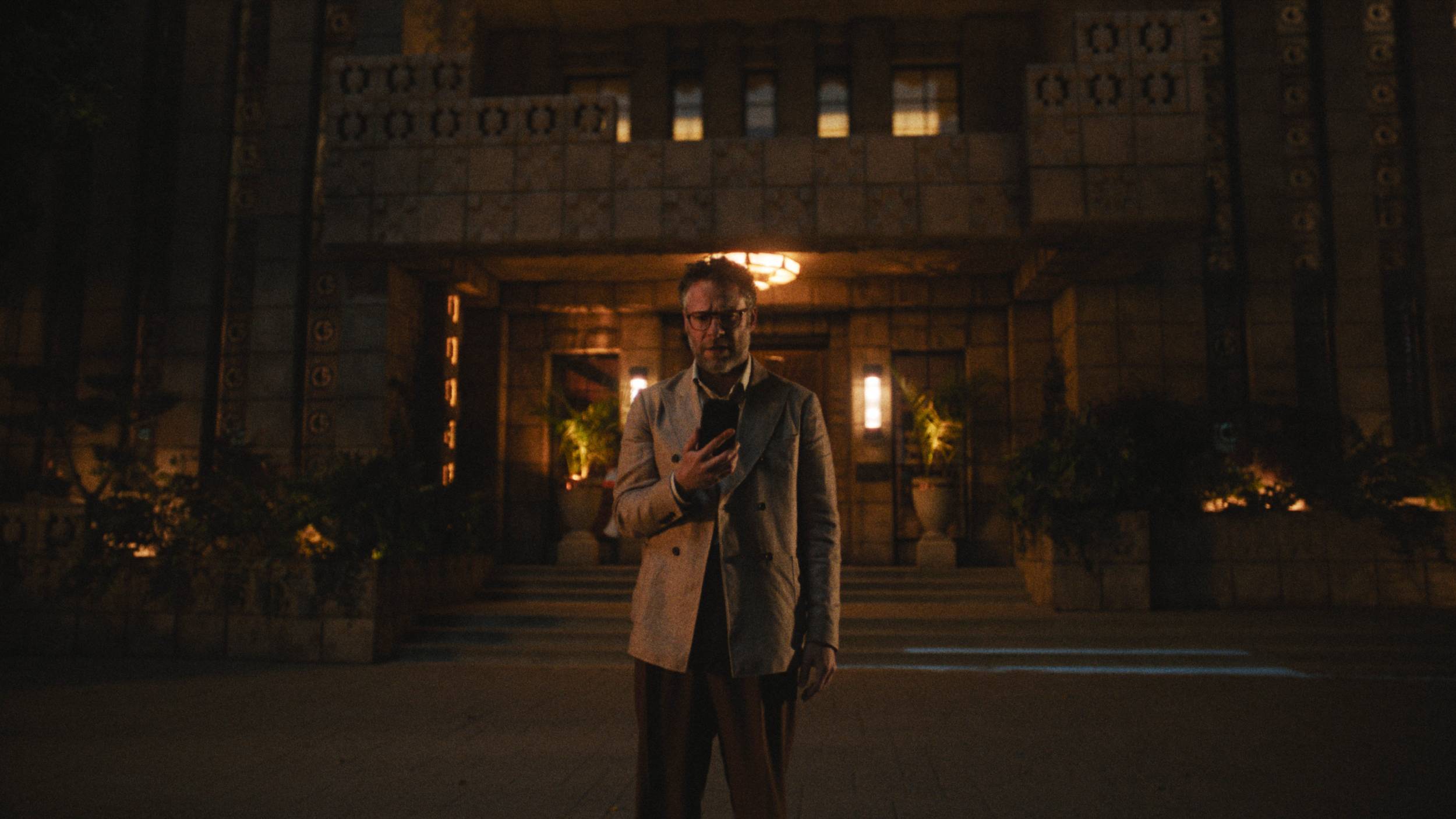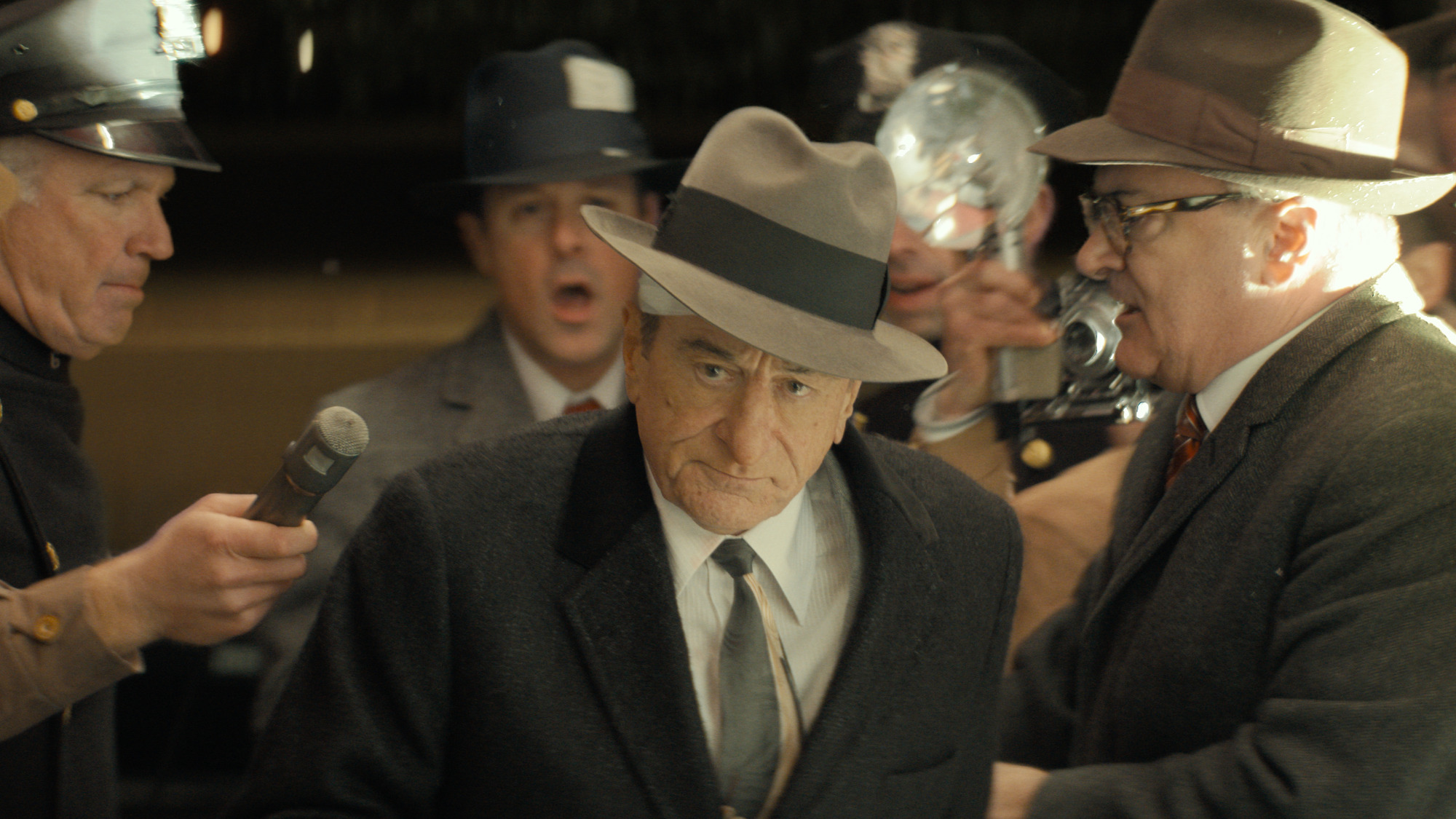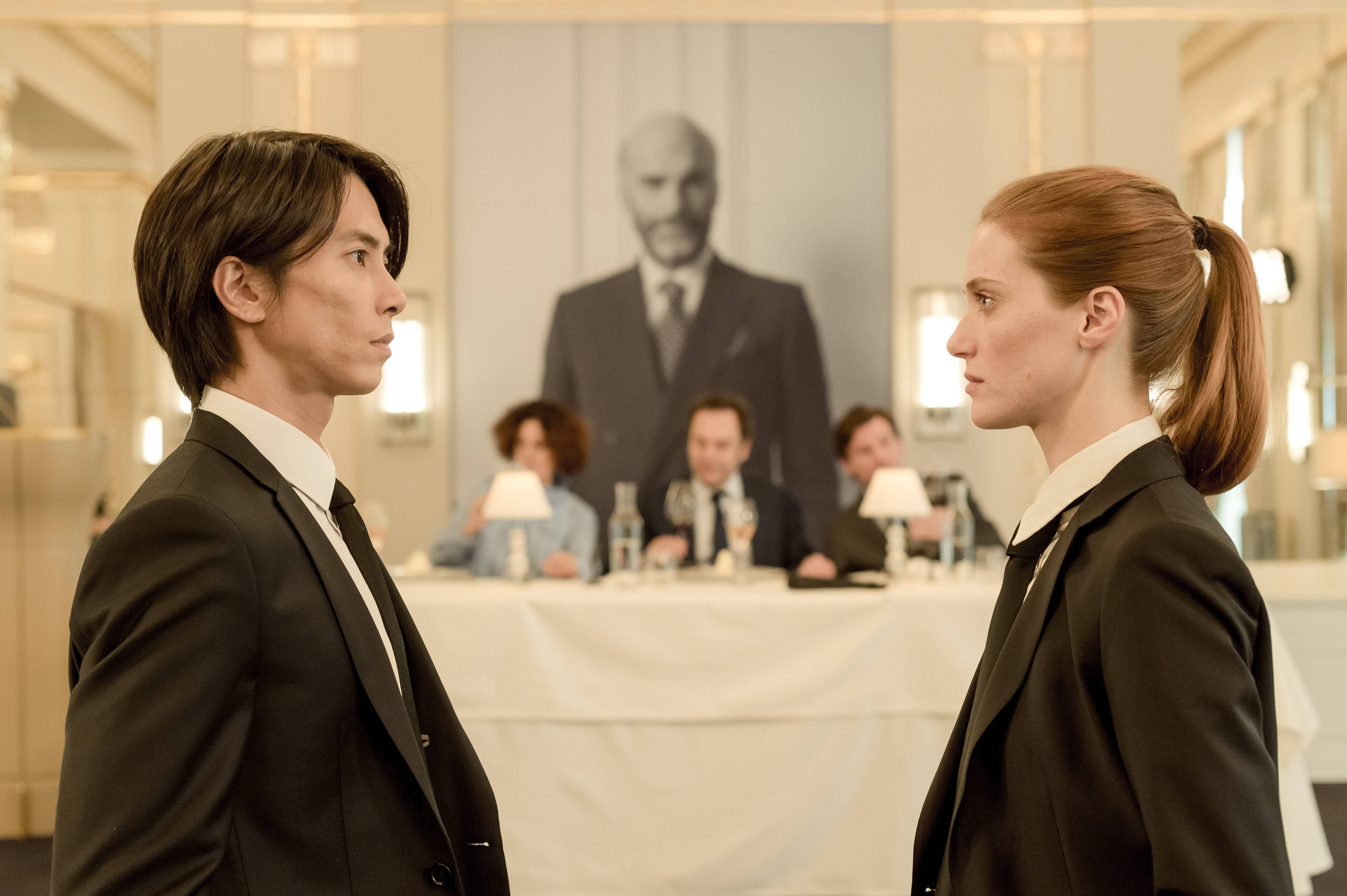What to Watch Verdict
Leah Purcell leans into the darker sides of Australian history with aplomb, but there is room for improvement in how 'The Drover's Wife' balances the aesthetic demands of the western.
Pros
- +
🐑 Women are at the center of the story's in Purcell's revisionist western
- +
🐑 Rob Collins is fantastic as Yadaka
- +
🐑 Purcell captures the full breadth of the Australian countryside, from desert to forest
Cons
- -
🐑 The film struggles to marry its western aesthetics with its didactic retelling of history
The Drover’s Wife: The Legend of Molly Johnson is part of our SXSW 2021 coverage. You can find all of our reviews here.
In both its sense of geography and historiography, Australia has been a fitting home for the American western. Just as Hollywood has used the western to explore stories of genocide and industrialization, so have Australian filmmakers used the genre to explore its rural territories. And with the addition of Leah Purcell’s The Drover’s Wife: The Legend of Molly Johnson, the Australian western can now add a streak of nineteenth-century feminism to its historical re-centering.
Molly (Leah Purcell) is no stranger to solitude. As the wife of a drover—someone who moves sheep across the outback to accommodate the seasons—Molly finds comfort in the months she spends on her ranch with her four children. But this isolation has not hardened her heart, and when a First Nations convict named Yadaka (Rob Collins) stumbles onto her ranch, she frees him in exchange for his help with a few household tasks.
Over the next few nights, Yadaka and Molly share their stories over the campfire. Yadaka quietly notes the faded bruises and scars on the bodies of her children. Molly shares nothing, counting down the days until he will leave her and her children once more in peace. But while the two form their uneasy alliance, the new constable (Sam Reid) hunts Yadaka, soon discovering that his investigation will lead to even more bodies strewn across the Australian countryside.
This film marks Purcell’s third adaptation of Henry Lawson’s “The Drover’s Wife,” a short story originally published in the 1892 edition of Australian magazine The Bulletin. On its surface, Lawson describes an evening in the life of a homesteader, who must stay up with her dog Alligator to catch a snake. But as the drover’s wife waits, she reflects on her life and marriage, noting the hardships she has endured in the care of her children.
Purcell’s version of this story is less adaptation than transformation. Even the story elements that remain from Lawson’s original work serve to recenter Australian folklore on First Nations people’s experience. Black Mary—described on-page and on-screen as the “whitest gin” in the region—is now Molly Johnson’s mother. The young man she hires to clear wood is now Yadaka, the escaped killer who helps open Molly’s eyes to her true nature as a biracial woman. Race informs the existence of both man and woman, and the struggles of frontier life are magnified by the dangers polite white society presents.
As a biracial filmmaker, Purcell is well-suited to push this story in new directions. In the tradition of the best westerns, she positions rural Australia as a society on the verge of modernization, with old money reshaping the highlands in their family image. Yadaka is a harbinger of what is to come, a First Nations man raised in the world of the white and the wealthy who has seen the violence to come. He speaks sadly of the murder of his wife and children, explaining why he refused to seek vengeance on the men who killed them. “I knew nothing would come of it,” he says. “Too many whites. Too many guns now.”
But these concepts—modernization, domestic abuse, and genocide—are a lot for any film to explore, and even at 109 minutes, The Drover’s Wife stumbles under the weight of these burdens. Purcell commits to the same unblinking brutality as Jennifer Kent’s The Nightingale, but that film was singular in its depiction of revenge. With the addition of the new constable and his determined journalist wife, The Drover’s Wife’s focus is pulled in just a few too many directions, creating more stories than one film could ever hope to contain.
There is also a streak of sentimentality present in The Drover’s Wife that seems at odds with its depiction of rural Australia. Genre and tone are always a tricky balancing act, and the climax of the film—which ends on a note of brash frontier feminism—can be hard to reconcile with the spartan nature of what preceded it. It may seem strange to throw such a disconnect at the feet of the composer, but one must wonder if a more cohesive soundtrack might have married the different elements of Purcell’s narrative. Music has long been the lifeblood of the western, and here the soundtrack is fragmented and disjointed, breaking story parts in need of cohesion into individual fragments.
All of this makes The Drover’s Wife a flawed film, albeit one with a good heart. It is not easy to wrest control of the historical narrative back from the books and movies that have cemented it in stone. For that, Purcell’s film must be commended. But the challenge for any genre filmmaker is to satisfy two audiences: those who seek subversion and those who seek the familiar. There is merit in The Drover’s Wife as an act of historiography, but as a western, Purcell’s film comes up sadly short.
Matthew Monagle is an Austin-based film and culture critic. His work has appeared in a true hodgepodge of regional and national film publications. He is also the editor and co-founder of Certified Forgotten, an independent horror publication.
